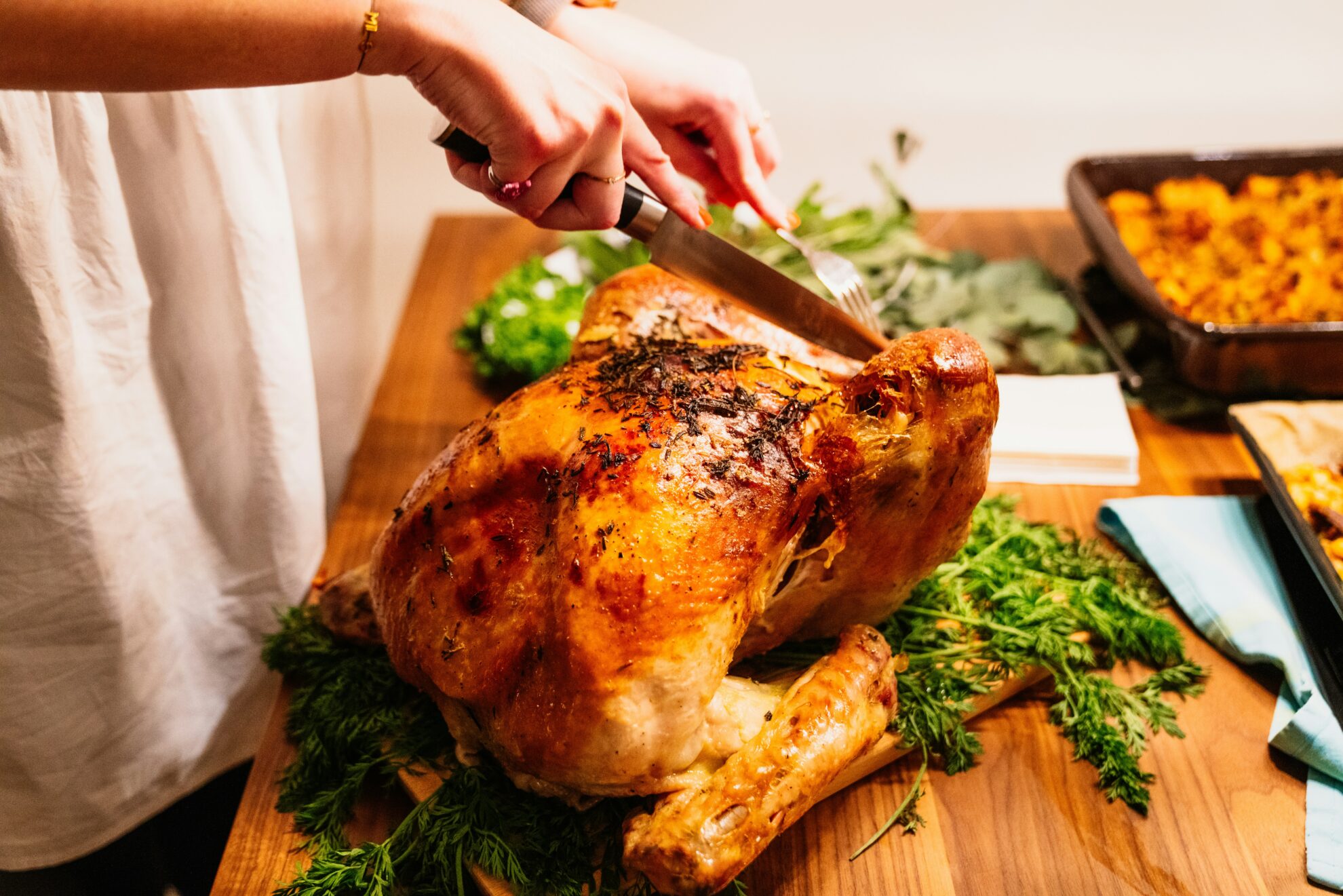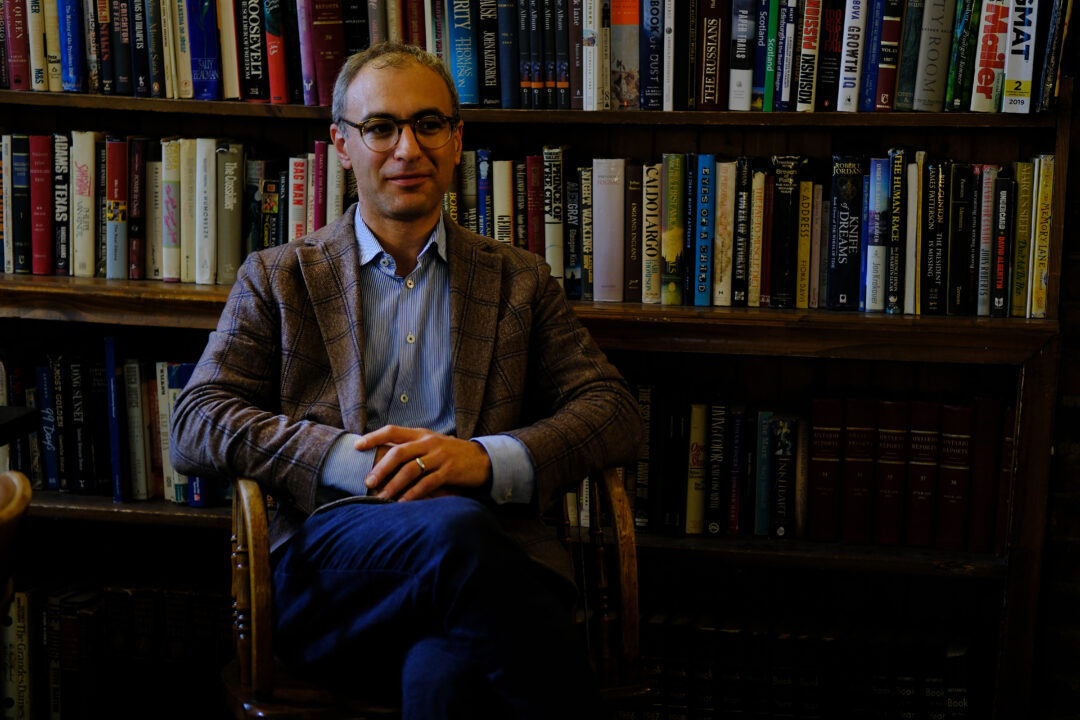Dennis Hanagan –
Thanksgiving is an autumnal ritual, a joyous time to gather with family around a table set with a feast.
But in the colony of New France in 1606, sitting down that autumn to a big feast was a matter of life and death. Lurking around the corner was the sinister disease scurvy, a vitamin C deficiency that caused bleeding gums, loosened teeth, reopened old wounds, bleeding under the skin, swelling of arms and legs and, if not treated, death from excessive bleeding or infection.
In a 2018 Canada’s History magazine article, Alison Nagy explains how French explorer and cartographer Samuel de Champlain, acknowledged founder of Quebec City, prevented scurvy from taking the lives of New France colonists as it had done years before. The Mi’kmaq people tipped Champlain off to a little red miracle – cranberries, which apparently knocked the stuffing out of scurvy.
Writes Nagy: “Champlain’s feasts were more than an annual affair. To prevent the scurvy epidemic that had decimated the settlement at Île Sainte-Croix in past winters, the Ordre de Bon Temps (Order of Good Cheer) was founded, offering festive meals every few weeks.”
Ellen Thomas, assistant archivist with the Stratford-Perth Archives, wrote in a 2023 newspaper article, “Local Mi’kmaq families were invited and introduced cranberries to the French. Being full of vitamin C, the scurvy epidemic, which had decimated the (earlier) population, was alleviated.”
First Nations in North America had their own traditions for giving thanks that predate the arrival of Europeans, says Nagy. Happy for their crops and bountiful game they held dances and sat down to feasts to thank The Creator.
Champlain’s feasts in what is now Nova Scotia could be construed as forerunners to today’s Thanksgiving. But, according to Nagy, the United Empire Loyalists who came to Canada from revolutionary America in the late 1700s brought the traditional Thanksgiving fare to British North America.
The evolution of Thanksgiving in Canada is a hodge-podge of dates and places; it’s difficult to pin down the first authentic Thanksgiving. A 2023 Ottawa Citizen article by Mel Simoneau concedes the origin of Thanksgiving in Canada “isn’t completely clear.”
A 2019 article in The Canadian Encyclopedia credits English sailor and privateer Sir Martin Frobisher with holding “a Thanksgiving ceremony” in North America in 1578 in what is now Nunavut. Maybe he and his crew were happy just to be safe and sound in the Arctic environment – their feast consisted of salted beef, biscuits and “mushy peas” (a classic British dish).
As for Champlain’s 1606 Thanksgiving, French author Marc Lescarbot (1570-1641) attended the festivities and recorded “a discharge of musketry, and as much noise as could be made by some fifty men, joined by a few Indians, whose families served as spectators.”
Nova Scotia tasted Thanksgiving in the 1750s with what has become the traditional dinner: turkey, squash and pumpkin. In 1763 Halifax celebrated the end of the Seven Years War with a day of Thanksgiving.
In 1859, says the Canadian Encyclopedia, Protestant ministers in the Province of Canada, formerly Upper and Lower Canada, “appropriated” the American Thanksgiving to give “public and solemn” recognition of God’s mercies.
Five years after confederation a national civic holiday was held in 1872 to give thanks, not for a bountiful harvest but for the recovery of the Prince of Wales who had been suffering from typhoid and was reported dangerously ill.
Not until November 6, 1879, was the first real Thanksgiving observed in Canada as an annual event. Parliament fiddled every year with the date; one year it came as late as December 6.
Only in 1957 did Parliament declare a specific date for Thanksgiving: the second Monday in October. Thanksgiving in Canada this year is on October 14.




